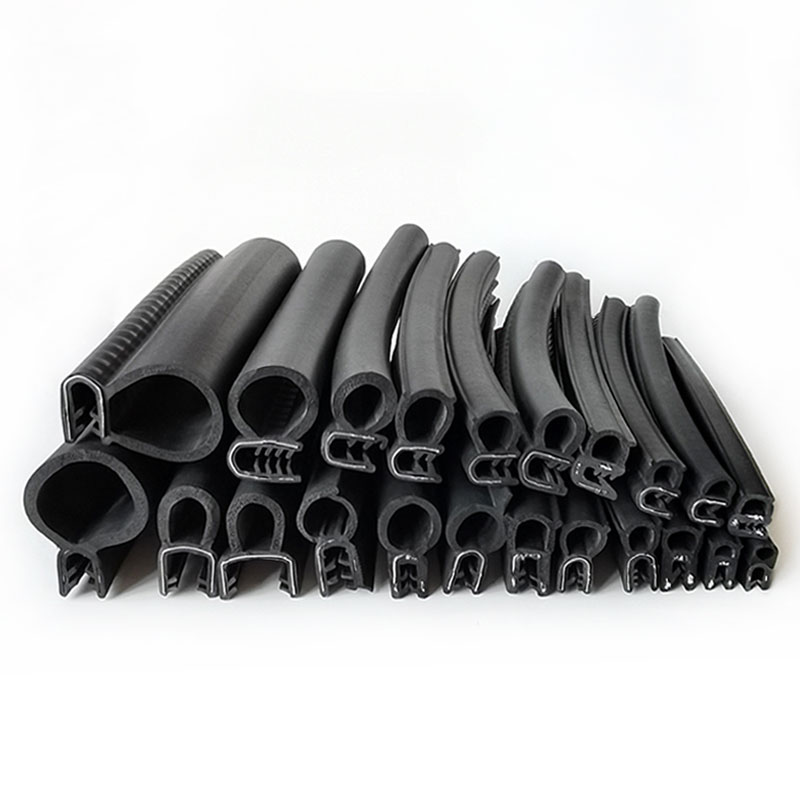Different Types of Steel Files for Various Industrial Applications
Types of Steel Files and Their Uses in Manufacturing
Steel files are essential tools in various manufacturing processes, providing precision and accuracy in shaping, smoothing, and finishing metal and other materials. Made from high carbon steel or stainless steel, these files come in a variety of shapes and sizes, each designed for specific tasks. Understanding the different types of steel files can significantly enhance efficiency in factories and workshops.
1. Flat Files
Flat files are one of the most commonly used types of files. They have a flat surface, making them ideal for smoothing large, flat areas. The versatility of flat files allows them to be used in various applications, from general metalwork to woodworking. They come in different cuts, including single-cut and double-cut, enhancing their utility across materials of varying hardness.
2. Half-Round Files
Half-round files feature a flat side and a rounded side, making them versatile for both flat and curved surfaces. They are particularly useful for filing grooves, concave shapes, and for polishing internal curves. The ability to access tight spaces with the rounded side makes half-round files an essential tool in crafts such as jewelry making and intricate metalwork.
3. Round Files
types of steel files factory

Round files, also known as rat-tail files, have a cylindrical shape and are primarily used for enlarging holes or creating curves. These files are ideal for finishing and polishing inside surfaces and for working on contours. They are commonly used in metal fabrication, repairs, and other detailed work that requires a delicate touch.
4. Triangular Files
Triangular files are perfect for filing corners, angles, and for precise finishing work on metal surfaces. Their three-sided design allows for excellent precision in creating sharp corners, which is particularly important in certain mechanical applications. These files are essential in tool making and engineering, where accuracy is paramount.
5. Needle Files
Needle files are small, delicate files suited for intricate and detailed work. They come in various shapes, including flat, round, square, and oval. Their small size enables them to work effectively in tight spaces and is particularly favored in hobbies, model making, and fine metal crafts. Due to their precision, needle files are ideal for tasks that require a high level of detail, such as engraving or detailed shaping.
Conclusion
The diverse range of steel files allows manufacturers and craftsmen to achieve specific outcomes based on their unique requirements. Whether smoothing large surfaces, creating intricate designs, or finishing delicate edges, each type of file plays a crucial role in the enhancement of both precision and efficiency in various manufacturing processes. Understanding the characteristics and appropriate uses of these files can lead to better production quality and improved overall craftsmanship in any factory setting. Selecting the right file for the job not only increases productivity but also ensures that the final product meets the highest standards of quality.
Share
-
The Best Lubricants for Aluminum Roller GuidesNewsJul.23,2025
-
Slitting Machine Applications in the Packaging IndustryNewsJul.23,2025
-
Rolling Roller Balancing Techniques for Smooth OperationNewsJul.23,2025
-
How To Optimize An EV Battery Assembly LineNewsJul.23,2025
-
Energy Efficiency in Modern Battery Formation EquipmentNewsJul.23,2025
-
Automation Trends in Pouch Cell Assembly EquipmentNewsJul.23,2025







